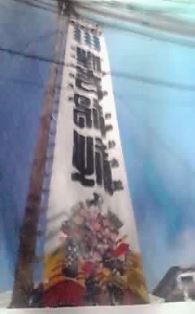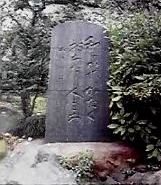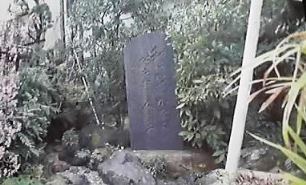Hello, this is Minori.
I went to the birthplace of the Nihonbashi Fish Market, where the statue of Otohime is located.
On the other side of the river is the Nihonbashi Pier, Sojuro Riverside. There is a pleasure boat sailing on the Nihonbashi River.
It was a very nice day and a very hot day, but the dock was crowded.
The location is 1-8 Nihonbashi Muromachi, Chuo-ku.
Next to the statue of Otohime, there is a stone monument of the opening of Nihonbashi Fish Market.
"Nihonbashi" is built over the river.
The current bridge is a two-story stone arch bridge, which was completed in 1911 (1911).
The decoration was in charge of the architect Yorinaka Tsumaki.
Fish shore
In 1590 (1590), after Ieyasu Tokugawa entered Edo, more than 30 fishermen from Tsukuda-mura, Nishinari-gun, Settsu-kuni (now Nishiyodogawa-ku, Osaka-shi) went to Edo to create Tsukuda Island, and fishery near Edo. With the permission of running the project, he offered seafood to the Tokugawa family. In the sea at that time, the seafood was so good that it was interesting that it would be too good to pay. So, with the permission of the Shogunate, fishermen began selling seafood on a sales board, also known as a board boat, on the banks of Nihonbashi, where water transportation is good. This is the origin of the Nihonbashi Fish Bank.
The fish shore is located on the north bank between Nihonbashi and Edobashi, and ships loaded with fish went back to the Nihonbashi River and landed on the riverbank. It is crowded with many shoppers from the early morning, and the fish shore in the morning is the daytime playhouse "Nakamura-za in Sakaimachi (Ningyocho) and Ichimura-za in Fukiya-cho (Ningyocho) and Morita-za in Higashiginza in Higashiginza in Higashiginza) Along with Yoshiwara at night, it has prospered so that it is said that "a thousand cars fall in a day." (The vigorous trade of the Edo kids was about to jump.)
After the Great Kanto Earthquake of 1923 (September 1), the fish shore was decided to relocate to the current Tsukiji Temple, and the 300-year history of the Nihonbashi Fish Bank finally ended.
[Source] Chuo-ku Monoshiri Encyclopedia (Supervised Chuo-ku Tourism Certification Committee)
Collection of past problems in Chuo-ku Tourism Certification (supervised Chuo-ku Tourism Certification Committee)
Edo Cultural History Certification Official Text [Beginner Edition] Oedo Observation Record (Edo Cultural History Certification Association Editorial Issue, Shogakukan Inc.)
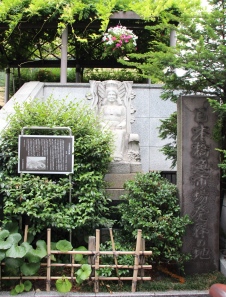
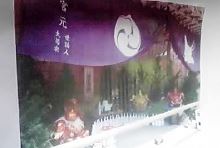 (From the Sumiyoshi-jinja Shirine pamphlet)
(From the Sumiyoshi-jinja Shirine pamphlet)